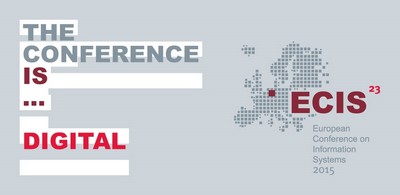DOI
10.18151/7217364
Abstract
Researchers and practitioners in Information Systems (IS) share an interest in the application of information technologies (IT) to organisational systems. Such technologies today are overwhelmingly digital, with the context of their use being human activity organised into increasingly networked forms. This paper makes sense of these connections via theories of cybernetics, particularly Beer’s Viable System Model. It aims to bring together a disparate body of theory – on networks – to produce a more synthesising, ‘meta’ account, thus helping to explain both the importance of digital technology to network growth, as well as the basis on which network structures can be stable, flexible and effective. It discusses the emergence of network structures across society, noting various forms of networks and the contested nature of the concept. It goes on to discuss the development of digital artefacts and infrastructures. The importance of network stability and flexibility is then analysed, leading to an account of system properties using management cybernetics. It is argued that the notions of self-organisation and self-regulation – key characteristics in viable systems – can be used to understand why network structures have emerged and thrived since the 1990s. It concludes by noting the importance of these ideas for future IS research.
Recommended Citation
Jackson, Paul J., "Networks in a Digital World: A Cybernetics Perspective" (2015). ECIS 2015 Completed Research Papers. Paper 85.
ISBN 978-3-00-050284-2
https://aisel.aisnet.org/ecis2015_cr/85


